History
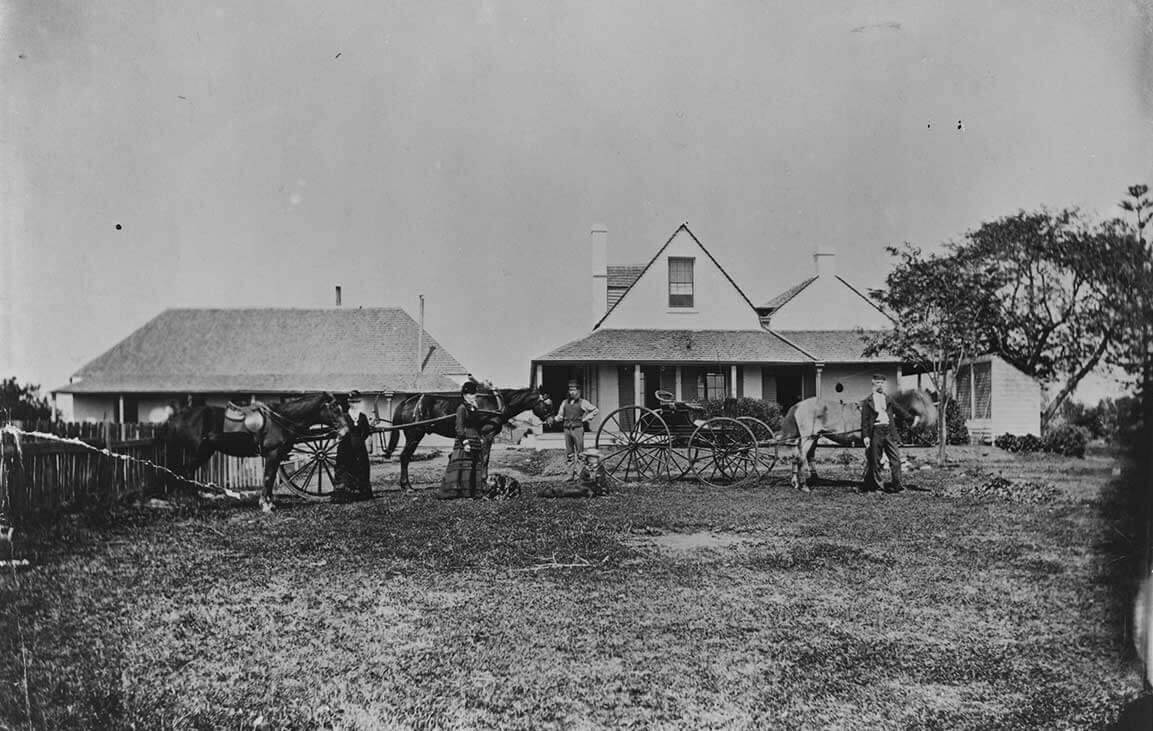
1791 A CONVICT SHIP'S CAPTAIN
Much of what is known as Liverpool today was once owned by an American whaling captain by the name of Ebenezer Bunker. Arriving in Australia as captain of a convict transport ship in 1791, he was granted 500 acres of land which he named Collingwood Dale and on this land he built the historic Collingwood homestead, which still stands on Birkdale Crescent today. Built in 1810, the colonial Georgian homestead is the oldest in Liverpool and the fifth oldest building in NSW.
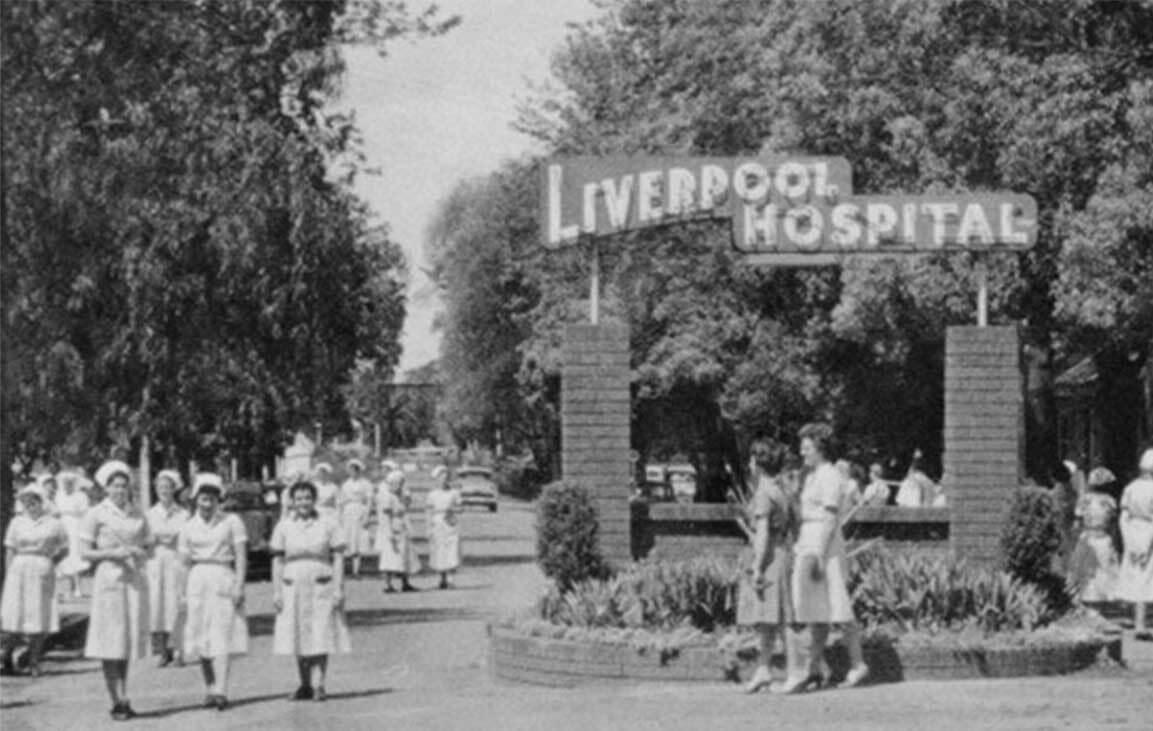
1813 A HOSPITAL IS BORN
Originally run as a tent hospital for soldiers and convicts in the early 1790s, making it the second oldest hospital in Australia, Liverpool Hospital was established in a brick building on the banks of the Georges River in 1813.
It could house up to 12 patients! In 1825, a larger stone building was designed by Francis Greenway and built using convict labour. This building, now occupied by a college, contains a display of rare images taken during the development of the campus.
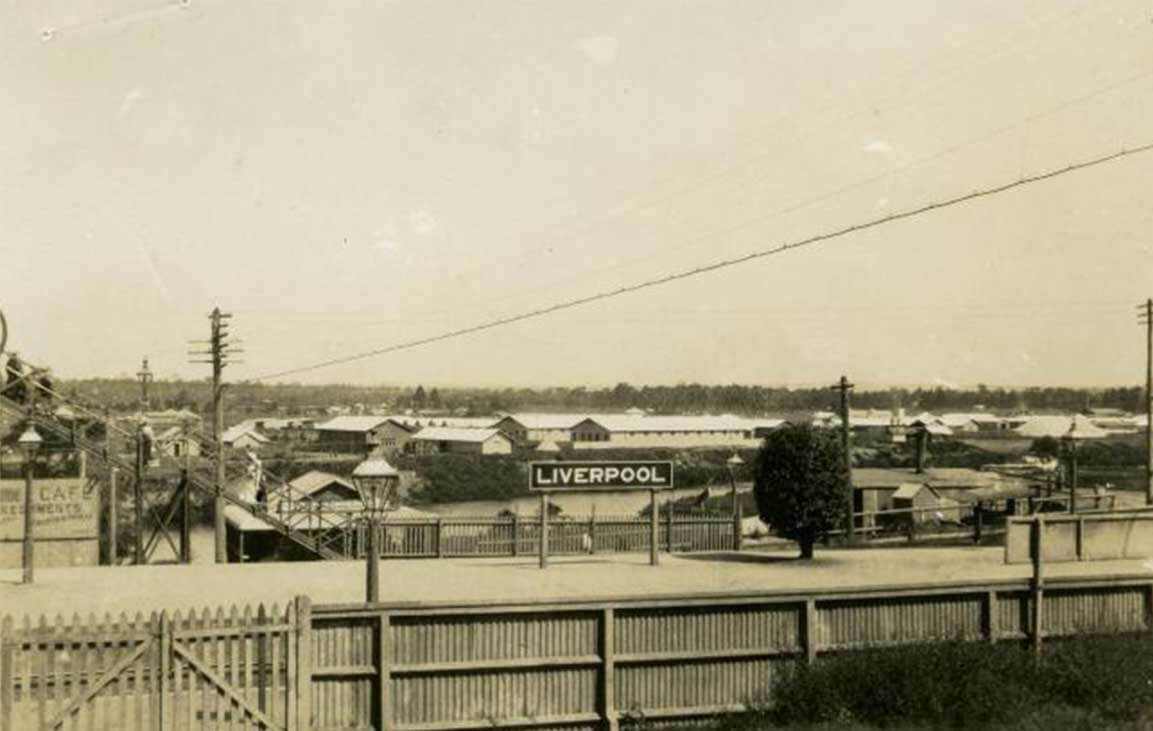
1855 NSW'S FIRST RAILWAY LINE
James Atkinson was committed to creating a modern industrialised zone in Liverpool and was aware of the need for a rail connection. In 1855 he turned the first sod of the nearby railway line. On 26 September 1855, the first railway in NSW, the Sydney–Granville railway opened and exactly a year later, Parramatta Junction (the present day Granville) to Liverpool line opened.
By 1890, suburban areas had developed along the original main rail lines to Parramatta and Liverpool.
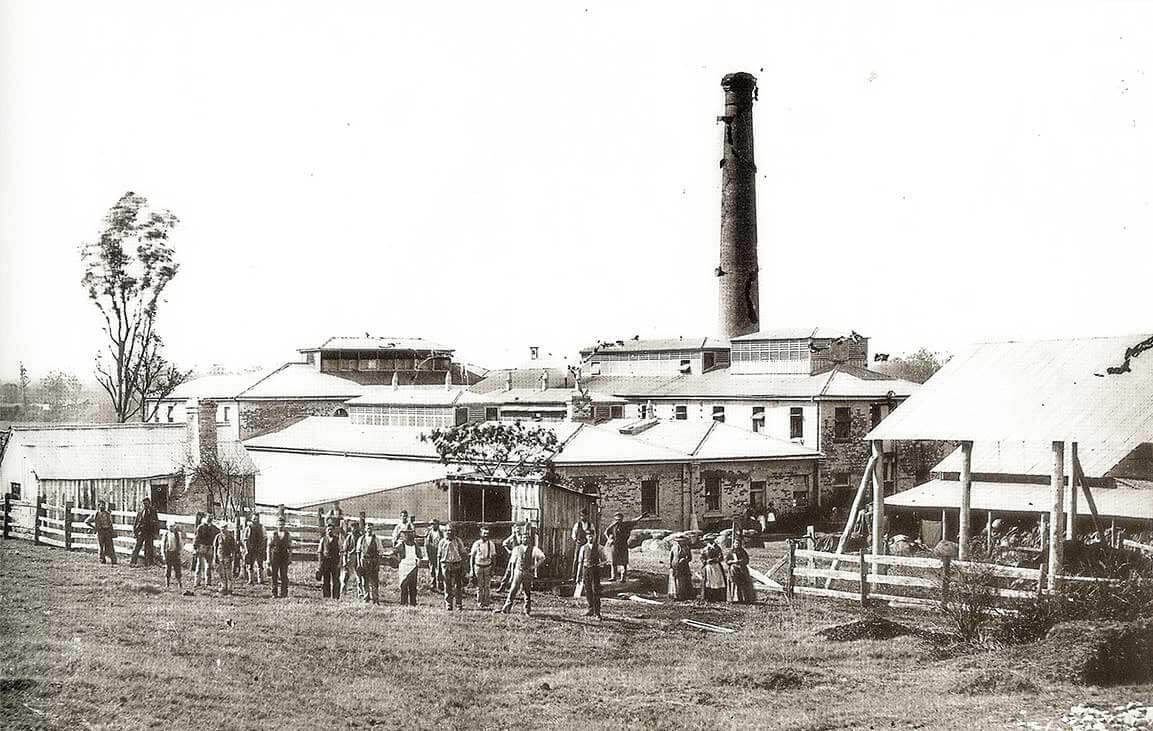
1868 AUSTRALIA'S FIRST PAPER MILL
The Australian Paper Company opened the purpose-built Collingwood Paper Mill in 1868. With state-of-the-art equipment, it was able to produce a phenomenal 20 tonnes of paper per week! In what was an early form of recycling, the mill collected rags, old sails, sugar bags and rope and turned these into paper. The labour intensive process meant the mill was the largest employer in the Liverpool district with 122 men, women and children working across the 19-acre site.
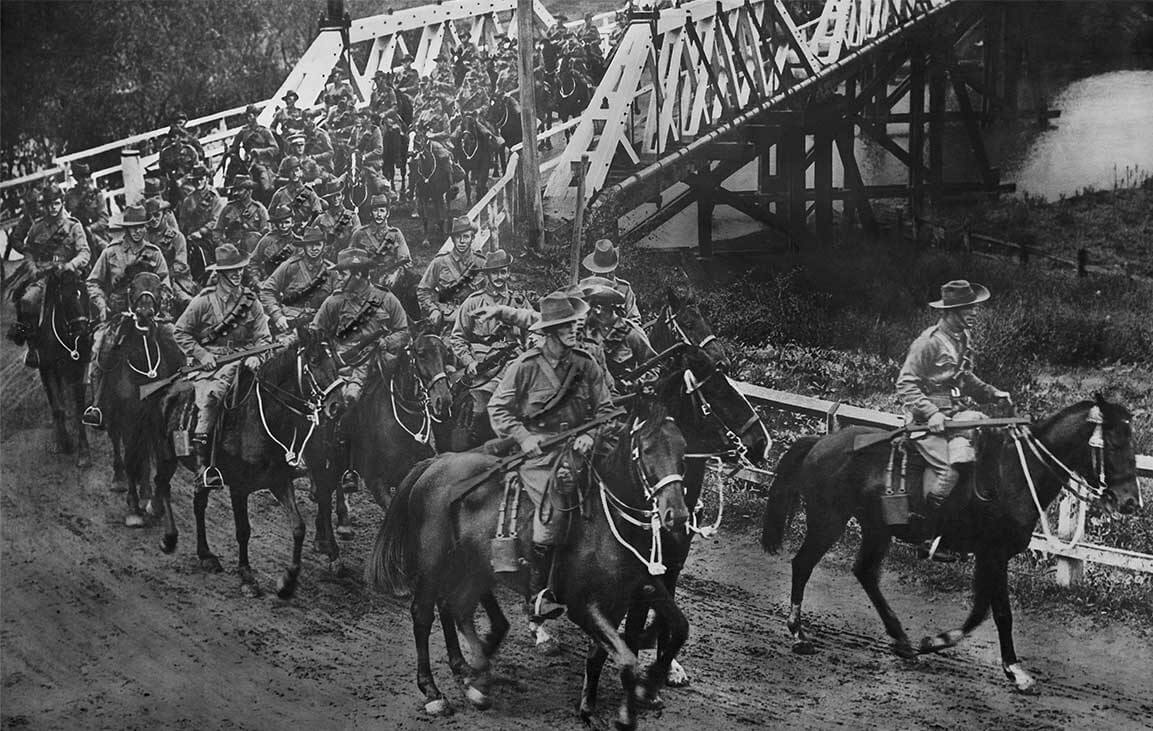
1890 LIGHT HORSE PARK
In 1890 a gas works was opened to provide lighting for the growing town of Liverpool and town water came shortly after. The lighting of the first lamp was a cause of much celebration. Prior to World War I, the Liverpool region had become an important training ground for Australia’s Armed Forces and the Light Horse Regiment mounted troops in particular. It is for this reason that the area between Liverpool train station and the Georges River is named Light Horse Park.
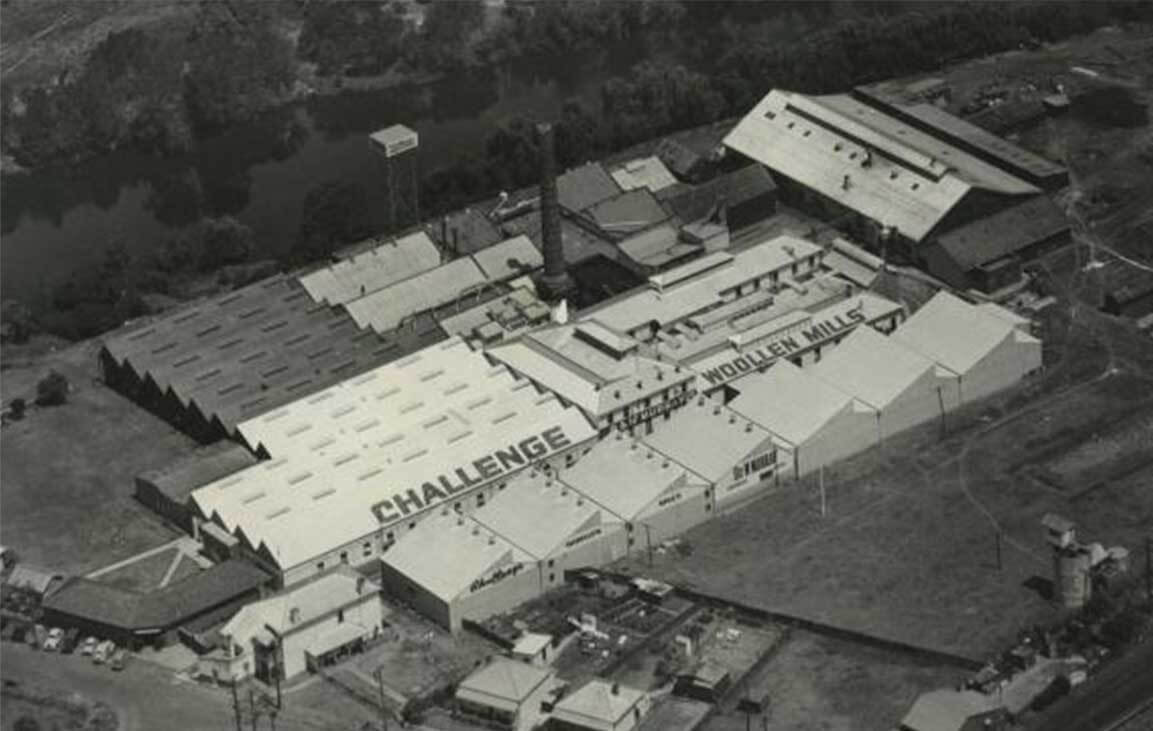
1905 THE WOOL MILL OPENS
When the Liverpool Paper Mill closed in 1905, it was replaced by the Challenge Woollen Mill in 1910, adapting the paper mill buildings to its new use in 1914. It later changed to the Liverpool Woollen Mill and remained operational until 1975. One of the buildings from the wool mill still stands on Atkinson Street today and will be retained as the historic heart of The Paper Mill development. Once again the signature saw-tooth roofs of the mill will become a feature of Liverpool.
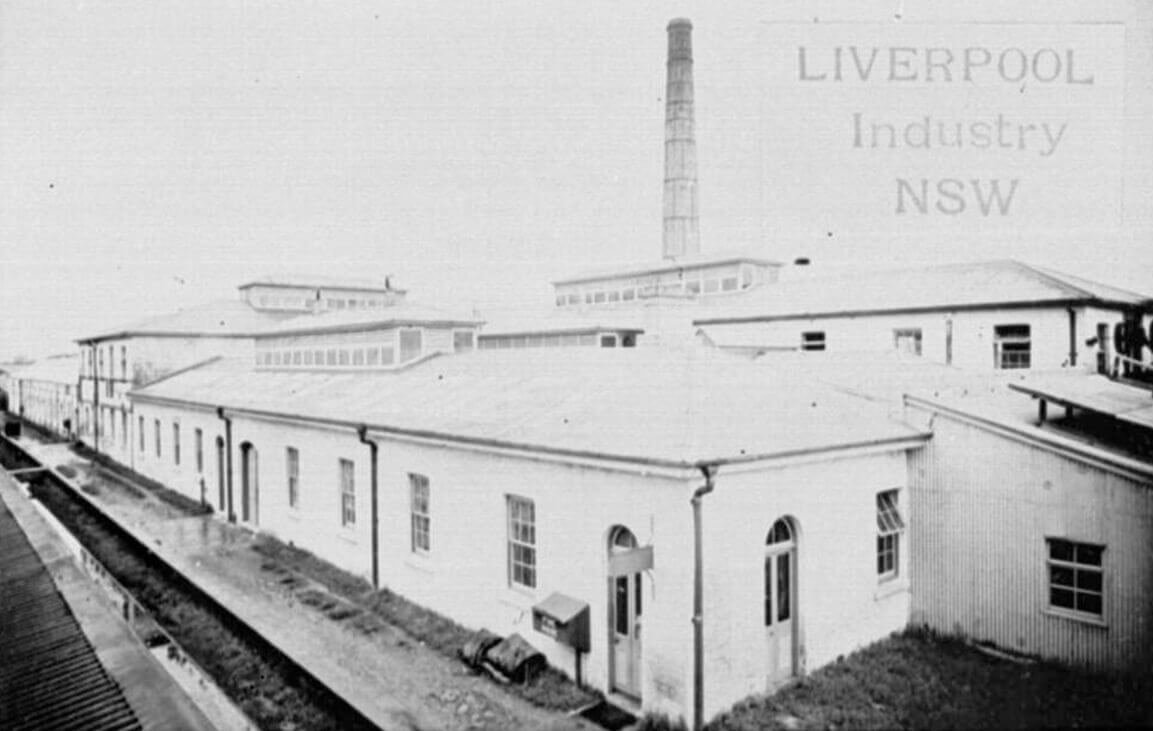
1910 CONSTRUCTION OF THE BUILDING
The paper mill ceased operations in 1910 when the site was purchased by Henry Bull and Co. who established the Challenge Woollen Mills Pty Ltd producing ‘blankets and other piece goods’.

1930 SUBSEQUENT MAJOR PHASES OF DEVELOPMENT
The 1930s saw the Challenge Woollen Mills employing 200 hundred people, making them the largest employer in the district.
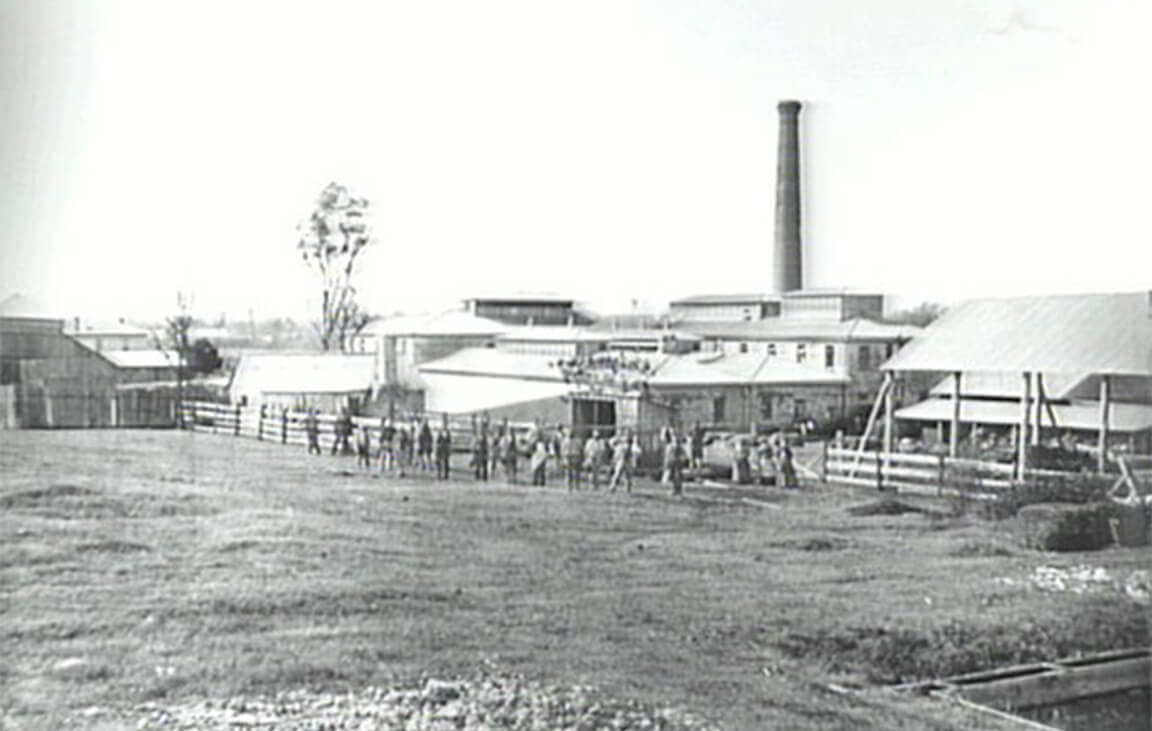
1971 SUBDIVISION OF THE MILL SITE
In 1972 McGrath (Wholesale) Pty Ltd purchased the site, since which time it has continued to be used for vehicle servicing and pre-sale preparation until McGraths moved this use to a site in Moorebank mid 2011.
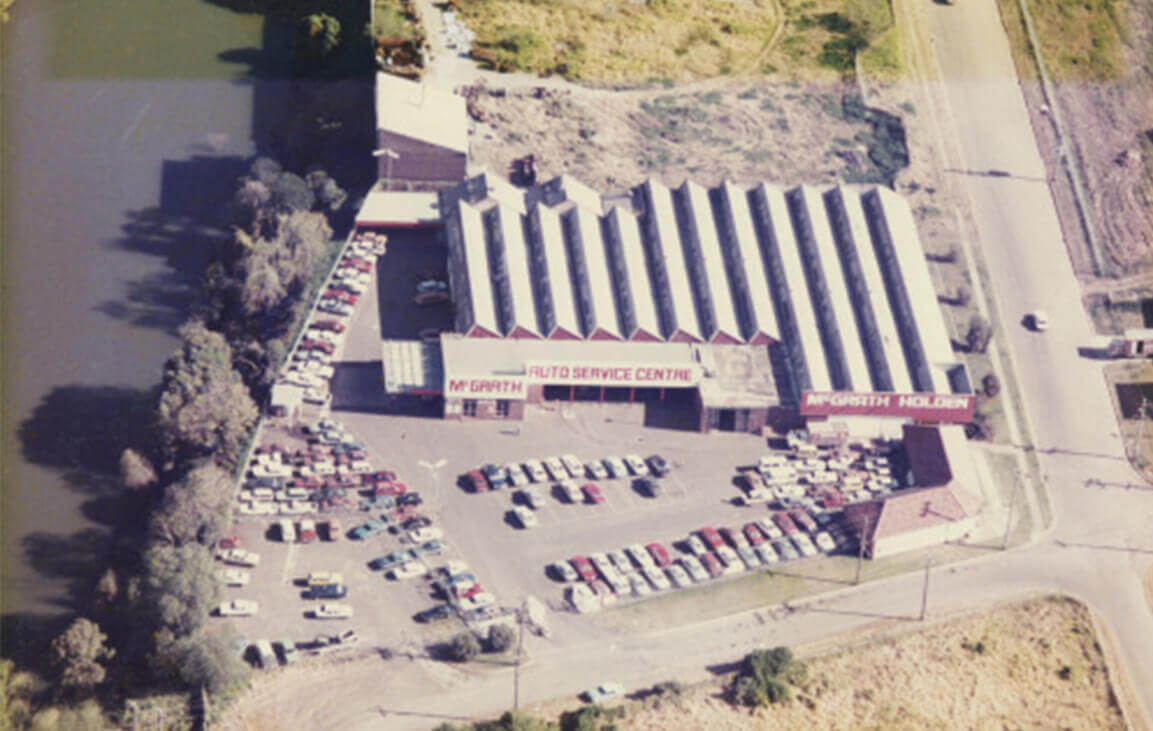
2007 LIVERPOOL COUNCIL REZONING OF THE SITE
Liverpool Council published their Residential Development Strategy.
The purpose of this strategy was to establish the direction for housing Liverpool’s population for the following 25 years and identify opportunities to accommodate additional residential development. In 2008 Liverpool LEP changed the land use zoning of the subject site from an industrial use to R4 – High Density Residential in response to the strategies identified in the 2007 document. It is Liverpool Council’s vision that the locality become a vibrant, residential area supported by its proximity to the Town Centre, transport and service facilities as well as taking advantage of the opportunities offered by the subject sites proximity to the Georges River.